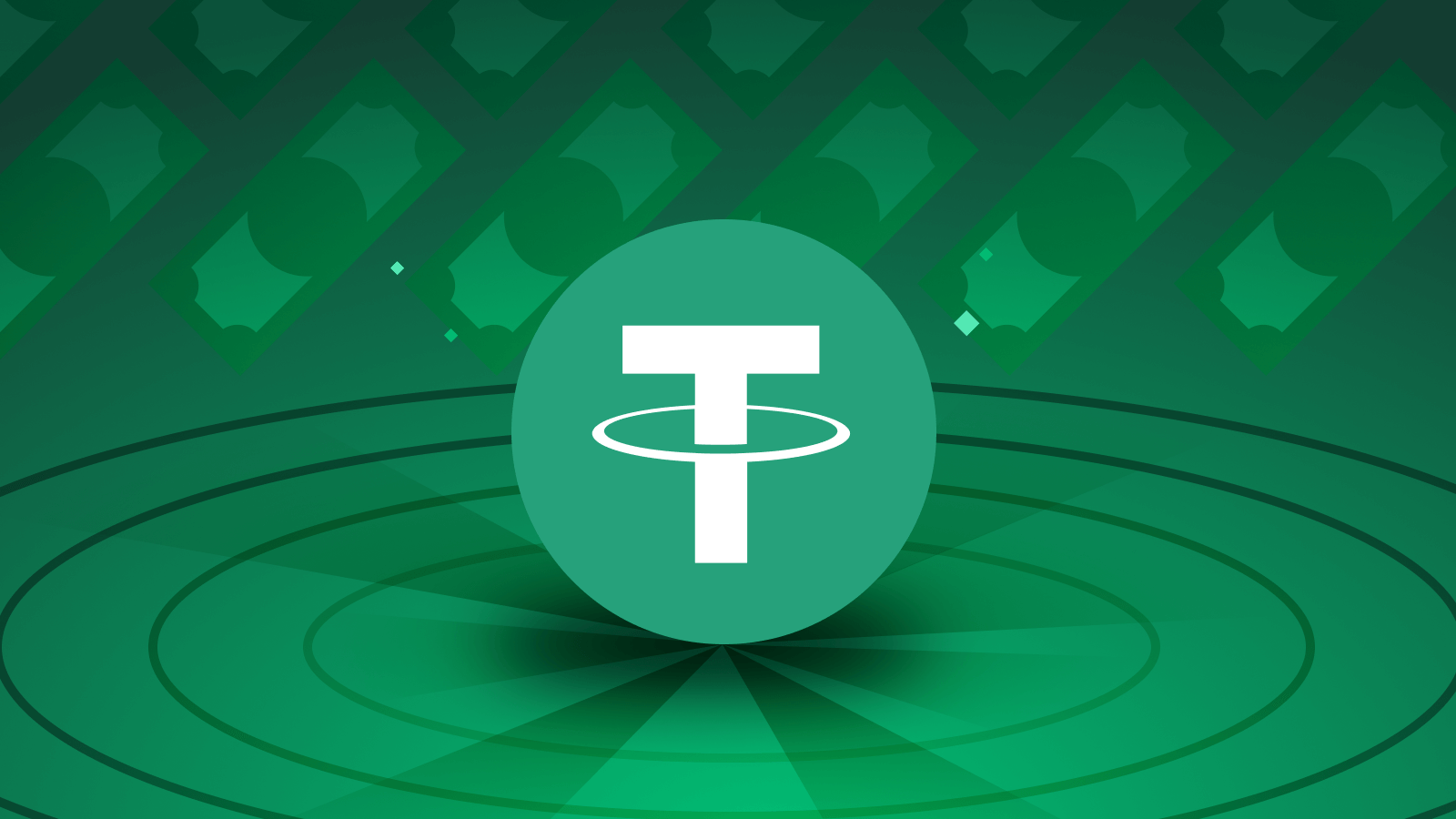Tether (USDT): A Deep Dive into the Largest Stablecoin
Tether (USDT) has become a ubiquitous presence in the cryptocurrency landscape. Launched in 2014, it was one of the first attempts to create a cryptocurrency pegged to a fiat currency, in this case, the US dollar. This peg aims to offer investors the benefits of cryptocurrency – fast transactions, global reach, and potential for growth – without the extreme price volatility often associated with Bitcoin and other digital assets.
This article delves into the world of Tether, exploring its origins, functionality, uses, controversies, and future prospects.
Understanding Stablecoins: The Birth of Tether
Cryptocurrencies, while innovative, faced a significant hurdle – their inherent volatility. Investors seeking a more stable entry point into the crypto market yearned for an asset that mirrored the price stability of traditional currencies. This need gave rise to stablecoins, cryptocurrencies pegged to a real-world asset, most commonly fiat currencies like the US dollar or the Euro.
Tether, originally called Realcoin, emerged in 2014, aiming to bridge the gap between traditional finance and the burgeoning world of cryptocurrency. By offering a stablecoin pegged to the US dollar, Tether sought to provide a safe haven for crypto investors during market downturns and a medium for easier and faster transactions within the cryptocurrency ecosystem.
Tether Limited: The Company Behind the Coin
Tether is issued by Tether Limited, a company shrouded in some secrecy. While Tether claims to be headquartered in Hong Kong, its exact location remains unclear. Tether Limited is also affiliated with BitFinex, a popular cryptocurrency exchange. This close association has fueled some of the controversy surrounding Tether, as we will explore later.
How Does Tether Work?
Tether operates on a blockchain platform, similar to other cryptocurrencies. However, unlike Bitcoin, where new coins are created through a process called mining, Tether’s issuance is directly controlled by Tether Limited. In theory, for every Tether token created, Tether Limited holds an equivalent amount of US dollars in reserve. This reserve supposedly ensures that 1 USDT always equals 1 USD.
When a user purchases USDT, Tether Limited mints new tokens on the blockchain. Conversely, when a user redeems USDT, Tether Limited destroys the corresponding tokens and returns the equivalent amount in US dollars (subject to certain fees and limitations).
Uses of Tether (USDT)
Tether offers several advantages to cryptocurrency users:
- Stability: USDT provides a hedge against the volatility of other cryptocurrencies. Investors can move their holdings into USDT during market downturns to preserve their capital.
- Faster Transactions: Unlike traditional bank transfers, USDT transactions are swift and global, making them ideal for quick settlements within the crypto ecosystem.
- Margin Trading: Many cryptocurrency exchanges allow margin trading, where investors borrow funds to amplify their positions. USDT’s stable price makes it a popular choice for margin trading as it minimizes the risk of significant losses due to price fluctuations.
- Payment Option: Some merchants have begun accepting USDT as a payment method, offering an alternative to traditional payment methods for online transactions.
Criticism and Controversy
Despite its widespread adoption, Tether has faced significant criticism:
- Lack of Transparency: Tether Limited has been accused of lacking transparency regarding its reserves. The company has not undergone independent audits to verify that it holds sufficient dollar reserves to back all outstanding USDT tokens. This lack of transparency raises concerns about the true value of USDT and its ability to maintain its peg.
- Market Manipulation: Some critics allege that Tether has been used to manipulate the price of Bitcoin and other cryptocurrencies. By printing more USDT and injecting them into the market, Tether could potentially influence demand and inflate cryptocurrency prices.
- Legal Issues: Tether has been embroiled in legal battles with regulators, facing accusations of hiding its true financial status. These legal issues further erode trust in the stability of USDT.
The Future of Tether
The future of Tether remains uncertain. If Tether Limited can address concerns about transparency and gain regulatory approval, USDT could continue to play a vital role in the cryptocurrency ecosystem. However, if the lack of transparency persists or legal issues escalate, USDT’s dominance could be challenged by other stablecoins with stronger backing and clearer regulatory frameworks.
Advantages of Tether (USDT)
Tether (USDT) offers several advantages that have contributed to its widespread adoption within the cryptocurrency market:
-
Stability: USDT’s primary advantage is its peg to the US dollar. This peg offers a level of stability absent in most other cryptocurrencies. Investors can use USDT as a safe haven during market downturns, protecting their capital from significant price fluctuations. This stability also makes USDT ideal for investors who are new to cryptocurrency and hesitant to deal with the inherent volatility of other digital assets.
-
Faster Transactions: Unlike traditional bank transfers, which can be slow and cumbersome, USDT transactions are swift and global. This makes USDT a valuable tool for quick settlements within the cryptocurrency ecosystem. Investors can move funds between exchanges or wallets quickly and efficiently without waiting for lengthy bank transfer processes.
-
Margin Trading: Many cryptocurrency exchanges allow margin trading, where investors borrow funds to amplify their positions. However, the volatile nature of most cryptocurrencies can lead to significant losses if the market moves against the investor’s position. USDT’s stable price makes it a popular choice for margin trading. By using USDT as collateral, investors minimize the risk of substantial losses due to price fluctuations in the underlying asset.
Conclusion: Tether – A Stablecoin at a Crossroads
Tether (USDT) has undoubtedly played a significant role in shaping the cryptocurrency landscape. As the first major stablecoin pegged to the US dollar, it offered a much-needed element of stability in a volatile market, attracting investors and facilitating faster transactions within the crypto ecosystem. However, Tether’s journey has been riddled with controversy. The lack of transparency surrounding its reserves, allegations of market manipulation, and ongoing legal battles have cast a shadow of doubt on its long-term viability.
The future of Tether hinges on its ability to address these concerns. Increased transparency through independent audits and a willingness to work with regulators will be crucial to rebuilding trust. Additionally, Tether Limited must navigate the evolving regulatory landscape for stablecoins. As governments worldwide grapple with cryptocurrency regulation, Tether will need to adapt to comply with any new frameworks.
Despite the challenges, Tether remains a dominant player in the stablecoin market. If it can overcome its current hurdles, USDT could continue to be a valuable tool for investors and a cornerstone of the cryptocurrency ecosystem. However, if Tether fails to adapt and regain trust, it may be eclipsed by newer stablecoins with more robust backing and clearer regulatory frameworks.
The path forward for Tether is unclear, but one thing is certain – its success will have a significant impact on the future of stablecoins and the broader cryptocurrency market.







